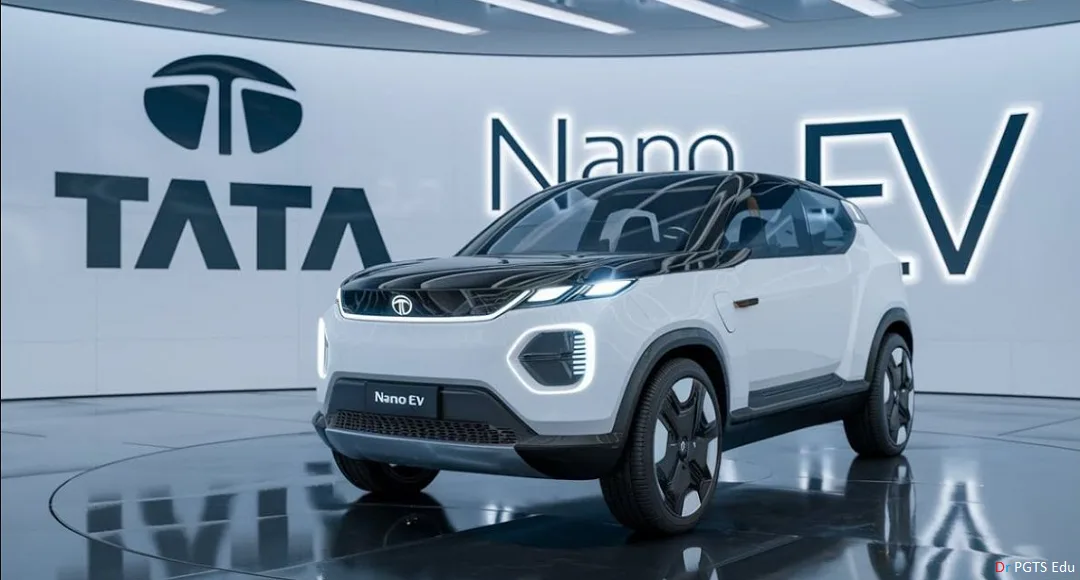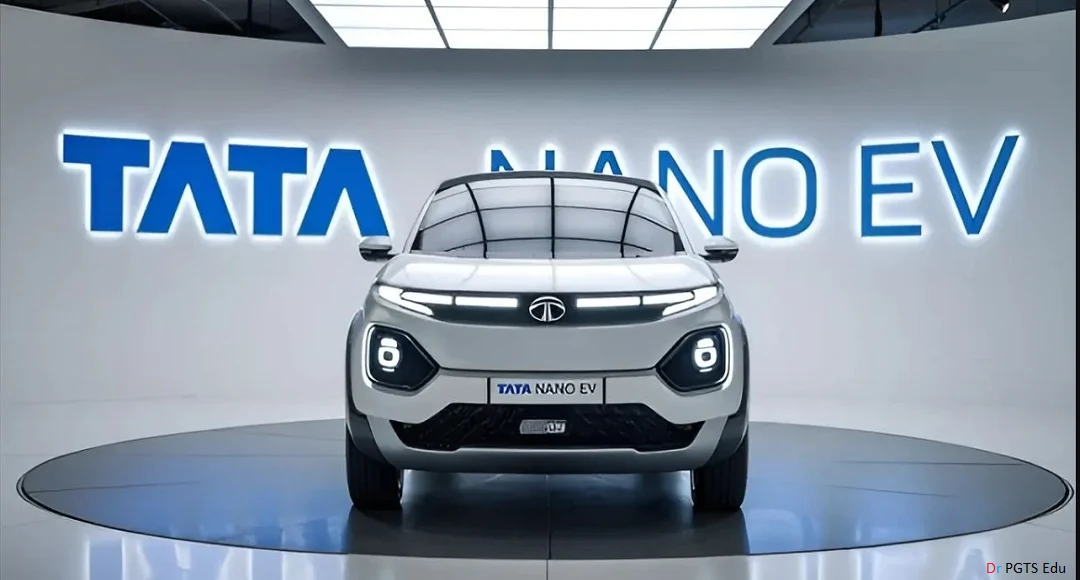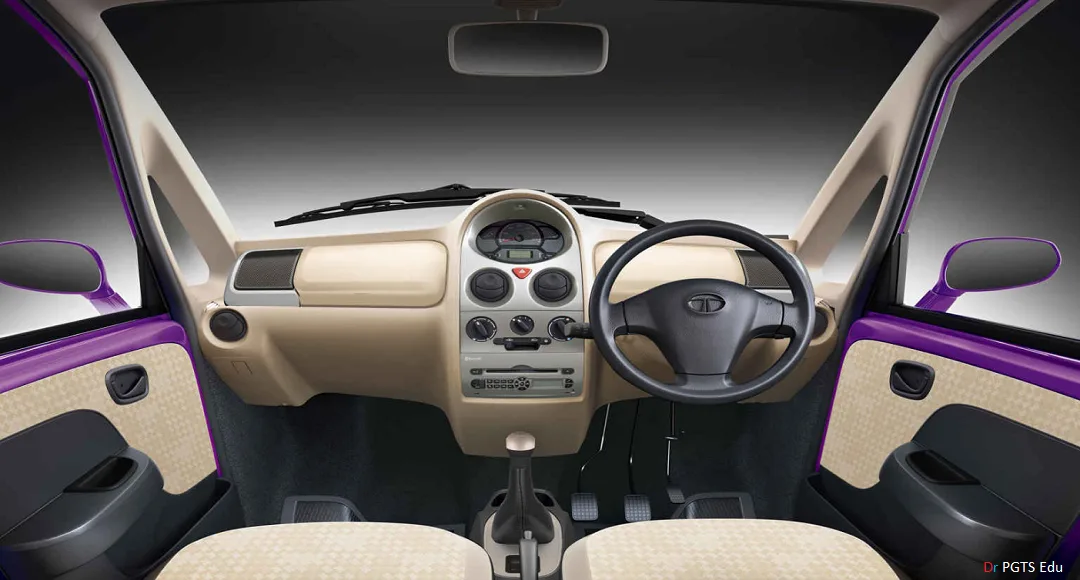Tata Nano once hailed as the world’s cheapest car, the Tata Nano is back in the spotlight in 2025, sparking discussions among car enthusiasts and urban commuters alike. While Tata Motors officially discontinued the Nano in 2018 due to weak sales and growing safety concerns, the idea of a compact, efficient, and affordable car remains appealing in India’s congested cities.
In 2025, with a surge in demand for small electric vehicles (EVs) and micro-mobility solutions, rumors and concepts surrounding the rebirth of the Tata Nano—possibly as an electric city car—have started to make waves once again.
The Nano Legacy: Why Does It Still Fascinate?
The Tata Nano was more than just a car; it was a symbol of innovation and affordability. Originally launched in 2008 with a price tag of just ₹1 lakh, the Nano was designed to offer Indian families a safer and more affordable alternative to two-wheelers.

Despite its underwhelming commercial success, the Nano became a cult classic, appreciated for its quirky design, compact size, and city-friendly dimensions. In 2025, the buzz around the Tata Nano’s potential comeback is largely driven by nostalgia, evolving consumer needs, and the booming demand for budget-friendly electric mobility solutions.
Is the Tata Nano Coming Back in 2025?
While Tata Motors has not officially announced a new Nano variant, industry insiders and auto blogs speculate that Tata might explore reviving the Nano as a budget EV tailored for city commuting. This speculation gained momentum following Tata’s success in the electric vehicle market with models like the Tata Tiago EV, Tigor EV, and Nexon EV.
If the Nano were to make a comeback, it would likely be reimagined as an entry-level electric hatchback, targeting first-time car buyers and urban dwellers seeking an eco-friendly, low-maintenance vehicle.
Expected Tata Nano EV 2025 Specifications (Speculative)
| Feature | Specification (Expected) |
|---|---|
| Type | All-Electric Hatchback |
| Battery Capacity | 17-20 kWh Lithium-ion |
| Range per Charge | 200-250 km (ARAI Claimed) |
| Top Speed | 85-100 km/h |
| Charging Time | 5-6 hours (Standard AC) / 1 hour (DC Fast Charge) |
| Seating Capacity | 4 |
| Price in India (Expected) | ₹4.5 – ₹5.5 Lakh (Ex-Showroom) |
| Launch Date (Expected) | Mid to Late 2025 |

Interior: Modern and Minimalist
If Tata Motors revives the Nano, it will undoubtedly get a refreshed and more contemporary interior. Gone are the days of bare-bones cabins. The Nano EV is expected to feature:
Digital Instrument Cluster
7-inch Touchscreen Infotainment System with Android Auto & Apple CarPlay
Fabric Upholstery with Dual-tone Interiors
Automatic Climate Control (Optional in top variants)
Basic Safety Features like Dual Airbags, ABS, and Rear Parking Sensors
USB Fast Charging Ports and Bluetooth Connectivity
The goal will be to balance affordability with a modern urban lifestyle, offering comfort, practicality, and essential tech features.

Features That Make the Nano EV Irresistible in 2025
Compact City Design
With its micro dimensions, the Nano is perfect for India’s crowded streets and narrow parking spots.
Eco-Friendly Drive
Being electric, the Nano would offer zero tailpipe emissions, supporting India’s green mobility vision.
Affordable EV Option
With most EVs priced above ₹7 lakh, the Nano EV could democratize EV ownership for the masses.
Low Running Cost
Thanks to lower electricity rates and minimal maintenance, the Nano EV would become an economical daily ride.
Tech-Savvy Interiors
Modern tech touches will ensure the Nano stays relevant for the tech-friendly Gen Z and Millennial buyers.

Tata Nano EV: Should You Wait for It?
For buyers looking for a budget-friendly, zero-emission, easy-to-drive city car, the potential Tata Nano EV could be an ideal choice. Its expected launch by the end of 2025 aligns perfectly with India’s growing EV infrastructure development, especially in metro cities.
Moreover, Tata’s proven Ziptron EV technology, coupled with the Nano’s legendary compact design, could set new benchmarks in the micro-EV segment.
While the Tata Nano has long exited the conventional car market, its charm, affordability, and practicality never faded from the hearts of Indian consumers. As urban mobility needs shift towards sustainable, small, and smart vehicles, the return of the Tata Nano as an EV could be more than just a nostalgic nod—it could be a strategic move to redefine budget electric mobility.
Read also: Tata tigor ev is this the best budget electric sedan in 2025,

